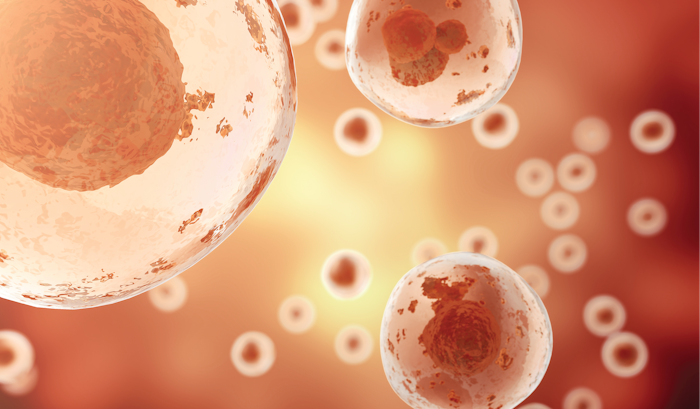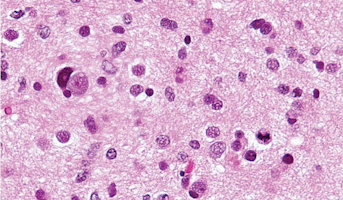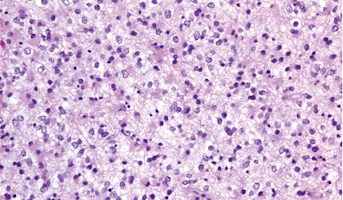Characterizing the Blood-Brain-Barrier in Pediatric Brain Tumors

About this
Project
The blood brain barrier (BBB) is a layer of cells that prevents substances from entering the fluid surrounding the brain. The goals of the project are to determine the BBB status of various pediatric brain tumor types, grades, and anatomic locations. Researchers will interrogate the underlying pathology leading to permeability of the BBB and investigate potential genomic correlates that may affect mechanisms that determine BBB permeability. Researchers expect this work to have a high clinical impact as the BBB is the major barrier to drug delivery and novel methods of delivery affect the BBB in different ways. Therefore, understanding the extent of BBB permeability will help to influence the selection of the method of drug delivery. A large cohort is necessary to find statistically significant associations, particularly when adjusting for false discovery for genomic correlates. Because these tumors are very rare, the Children’s Brain Tumor Network’s contribution of imaging data and unstained slide samples is an invaluable resource for studying these diseases.
Ask The
Scientists
What are the goals of this project?
Researchers hope to better understand the BBB through analysis of the mechanisms that affect what can and can not pass through.
What is the impact of this project?
Better understanding of the BBB will allow for the development of new drug delivery methods that can more easily pass through, leading to more effective treatments.
Why is the CBTN request important to this project?
This research will be supported by the Children’s Brain Tumor Networks contributions of high quality imaging data and unstained slide samples necessary to complete this analysis.
Specimen Data
CBTN will contribute to this project by providing imaging data and unstained slides for staining.
Meet The
Team
Institutions

Primary

Weill Cornell Medicine
Joined onThe Weill Cornell Medicine Pediatric Brain and Spine Center, located on the Upper East Side campus of New York-Presbyterian/Weill Cornell Medical Center, is nationally recognized for its leadership in the treatment of disorders of the central nervous system in children, particularly brain and spinal

Primary
Operations Center

Children’s Hospital of Philadelphia
Joined onOperations Center for the Children’s Brain Tumor Tissue Consortium, the Children’s Hospital of Philadelphia (CHOP) is currently ranked 1st nationally for their Pediatric Cancer Program by U.S. News & World Report. CHOP’s Biobank is home to the CBTTC’s pediatric brain and CNS tumor biorepository; the
related
Histologies

High-Grade Glioma
High-grade Gliomas (HGG) or astrocytomas in children nearly always result in a dismal prognosis. Although novel therapeutic approaches are currently in development, preclinical testing has been limited, due to a lack of pediatric-specific HGG preclinical models. These models are needed to help test

Low-Grade Glioma
Low-Grade Gliomas also called astrocytomas are the most common cancer of the central nervous system in children. They represent a heterogeneous group of tumors that can be discovered anywhere within the brain or spinal cord. Although surgical resection may be curative, up to 20% of children still su



